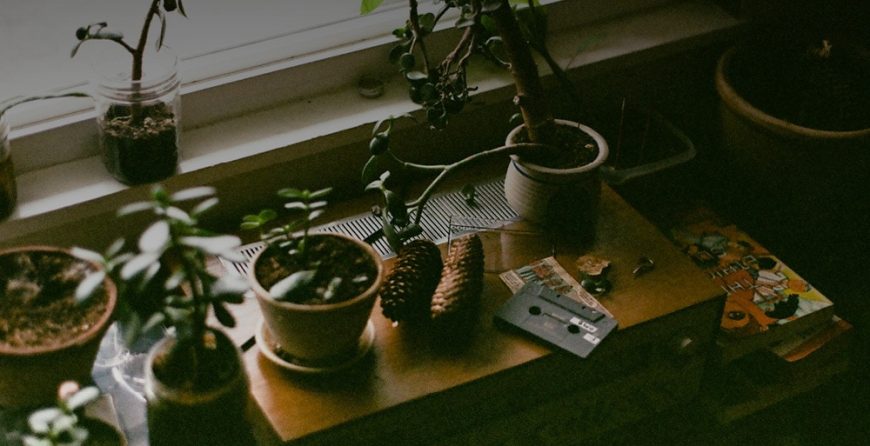 Winter doesn’t mean that you have to let your green thumb go dormant. When the weather turns cold and the snowflakes start to fall, consider the following tips for keeping your household plants happy, healthy, and blooming.
Winter doesn’t mean that you have to let your green thumb go dormant. When the weather turns cold and the snowflakes start to fall, consider the following tips for keeping your household plants happy, healthy, and blooming.
1. Avoid placing them near vents and exterior doors
Plants that receive blasts of cold air will start to show it. If you place them near exterior doors, you’ll see the leaves turn brown as soon as late fall sets in and they get that first draft of cold air. Place them on shelves, cabinets, tables, or in corners away from drafty doors and windows.
Once you find a spot, make sure it’s not near a heat vent either as the dry, warm air will damage your plants. If you can keep them at least four feet from heat vents, you should be in good shape. If you have limited space, put a heat deflector on your vent so it will direct the hot air away from your houseplants.
2. Keep them hydrated
If you’re new to keeping houseplants, you should know that they tend to grow slower than their summer counterparts. Water them regularly, making sure the soil is evenly moist. Pick a time of day that you’re free and at home to water them and stick to it every day. Most indoor plants can handle a short dry period or two, but they’ll start to show it if you let it go on for too long.
Pro tip: If you’re headed out of town for a holiday vacation, have a trustworthy neighbor, friend, or family member stop by to water your plants.
3. Give your houseplants a touch-up
Now that the warmer months are gone, you can completely focus on your indoor friends. Devote some time to repotting your houseplants or topping off their soil supply. Prune away any dead leaves and remove unwanted stems to give your plant a desired shape.
4. Don’t add fertilizer
Houseplants will grow more slowly in the winter, so there’s not much point in adding fresh fertilizer. For one, it’s a waste of money, and two, your plants won’t grow any faster. Hold off until early spring rolls around before adding new fertilizer.
5. Prepare for shorter lifespans
Even though most houseplants are bred to last indoors, they won’t last forever. Plants such as poinsettias, mini roses, forced tulips and daffodils, azaleas, and cyclamen won’t thrive past their intended bloom time. You might be able to get them to rebloom, but it’s rare. Once they’ve made it through the winter, add them to your compost pile so they can support your summertime organic garden.
6. Struggling plants? Chuck ‘em out!
It’s natural to want houseplants that are attractive, after all, that’s the point of looking after them during the winter, right? If you have a plant that’s on its last leg and is looking pretty ugly, it may be time to call it quits. Take a moment to think about why you’re keeping it. If you can’t come up with a strong reason, simply dispose of it so you can make room for something beautiful and thriving.
7. Bundle up your new plants
Now that you’ve weeded out your struggling indoor plants, it’s time to hit up the nearest garden center. If you purchase new plants, make sure they’re wrapped well before you leave the store. That way they won’t come into contact with cold outdoor air. Have the clerk wrap your plants with plastic bags or place it in a box with a lid for protection. If you skip this step, your plants could show signs of damage after the first few days of being home.


